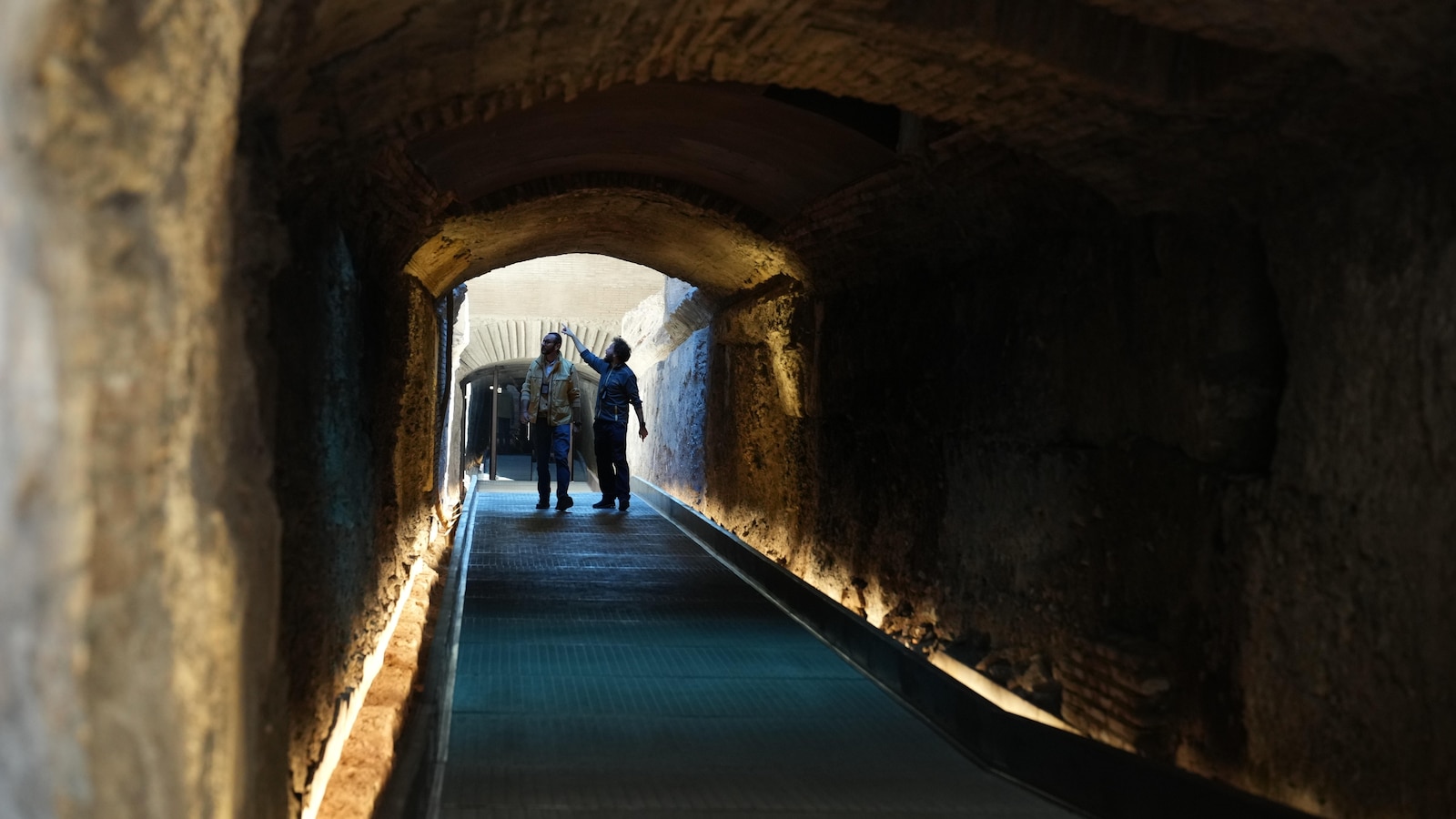Once-secret Emperor Commodus’ passage to Rome Colosseum opens to public for 1st time
ROME — ROME (AP) — For the first time in nearly 2,000 years, visitors to Rome’s world-renowned Colosseum will have the opportunity to walk through a hidden imperial passage that once allowed Roman emperors to reach the ancient amphitheater unseen.
The once-secret corridor — known as the “Commodus Passage” and named after the Roman emperor turned into a pop icon by Ridley Scott’s movie “Gladiator” — opens to the public on Oct. 27, marking an extraordinary milestone in archaeological preservation and access.
Archaeologists at the Colosseum Archaeological Park explained that Roman emperors would use the passage to enter the arena unseen and protected, leading them directly to their reserved honor box overlooking the games.
The passage was named after Emperor Commodus, who lived between 180 and 192 A.D., when it was initially discovered in the 1810s. Commodus was known to be passionate about gladiators’ games and history relates that while he was passing through the tunnel, someone attempted to assassinate him, but was unsuccessful.
At the passage entrance, archaeologists discovered remnants of decorative elements directly related to arena spectacles, including depictions of boar hunts, bear fights and acrobatic performances. These artistic elements provided a fitting prelude to the brutal entertainments that awaited beyond, they noted.
The corridor is shaped as an ’S’ and continues outside the Colosseum arena, but its final destination remains uncertain.
“Visitors can now have a taste of what it was like to be an emperor entering the arena,” said Barbara Nazzaro, the architect who oversaw the restoration works. “With a little effort of imagination and the help of a virtual reconstruction, they can appreciate the decorations, stuccoes, frescoes and marbles that covered the walls.”
The project — completed between Oct. 2024 and Sept. 2025 — included structural conservation, restoration of decorative stuccoes and plasters and the installation of a new walkway.
A new lighting system recreates the natural light that once filtered through small vault openings, and a digital reconstruction helps visitors visualize the passage’s original appearance.
A second restoration project, expected to begin in early 2026, will involve the section of the tunnel extending beyond the perimeter of the Colosseum.


